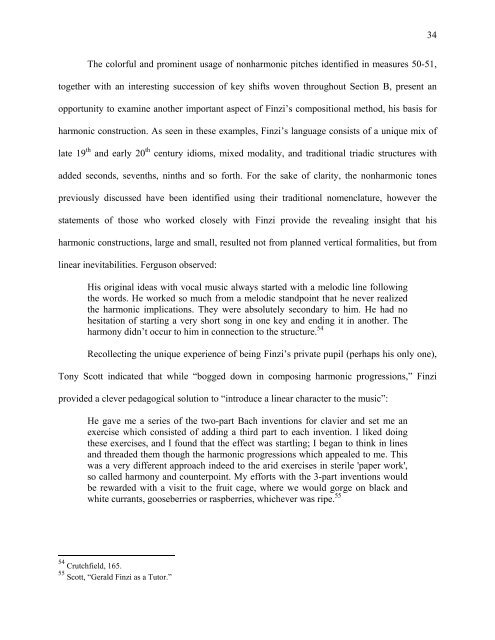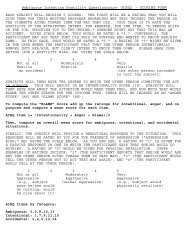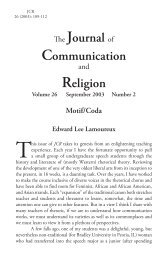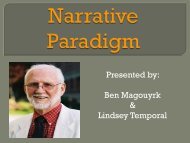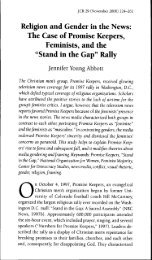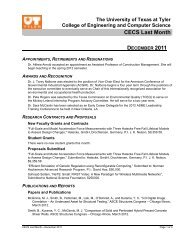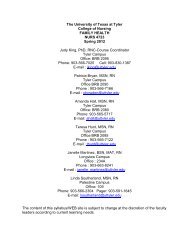"History, Analysis and Performance Considerations of Gerald Finzi's ...
"History, Analysis and Performance Considerations of Gerald Finzi's ...
"History, Analysis and Performance Considerations of Gerald Finzi's ...
You also want an ePaper? Increase the reach of your titles
YUMPU automatically turns print PDFs into web optimized ePapers that Google loves.
34The colorful <strong>and</strong> prominent usage <strong>of</strong> nonharmonic pitches identified in measures 50-51,together with an interesting succession <strong>of</strong> key shifts woven throughout Section B, present anopportunity to examine another important aspect <strong>of</strong> Finzi’s compositional method, his basis forharmonic construction. As seen in these examples, Finzi’s language consists <strong>of</strong> a unique mix <strong>of</strong>late 19 th <strong>and</strong> early 20 th century idioms, mixed modality, <strong>and</strong> traditional triadic structures withadded seconds, sevenths, ninths <strong>and</strong> so forth. For the sake <strong>of</strong> clarity, the nonharmonic tonespreviously discussed have been identified using their traditional nomenclature, however thestatements <strong>of</strong> those who worked closely with Finzi provide the revealing insight that hisharmonic constructions, large <strong>and</strong> small, resulted not from planned vertical formalities, but fromlinear inevitabilities. Ferguson observed:His original ideas with vocal music always started with a melodic line followingthe words. He worked so much from a melodic st<strong>and</strong>point that he never realizedthe harmonic implications. They were absolutely secondary to him. He had nohesitation <strong>of</strong> starting a very short song in one key <strong>and</strong> ending it in another. Theharmony didn’t occur to him in connection to the structure. 54Recollecting the unique experience <strong>of</strong> being Finzi’s private pupil (perhaps his only one),Tony Scott indicated that while “bogged down in composing harmonic progressions,” Finziprovided a clever pedagogical solution to “introduce a linear character to the music”:He gave me a series <strong>of</strong> the two-part Bach inventions for clavier <strong>and</strong> set me anexercise which consisted <strong>of</strong> adding a third part to each invention. I liked doingthese exercises, <strong>and</strong> I found that the effect was startling; I began to think in lines<strong>and</strong> threaded them though the harmonic progressions which appealed to me. Thiswas a very different approach indeed to the arid exercises in sterile 'paper work',so called harmony <strong>and</strong> counterpoint. My efforts with the 3-part inventions wouldbe rewarded with a visit to the fruit cage, where we would gorge on black <strong>and</strong>white currants, gooseberries or raspberries, whichever was ripe. 5554 Crutchfield, 165.55 Scott, “<strong>Gerald</strong> Finzi as a Tutor.”


